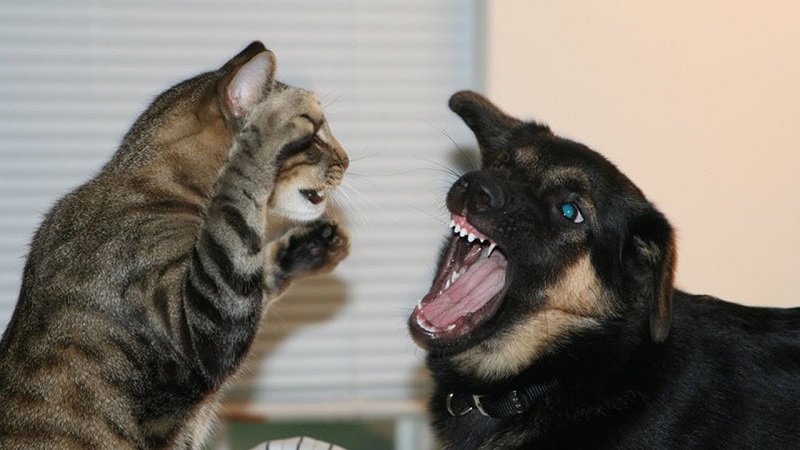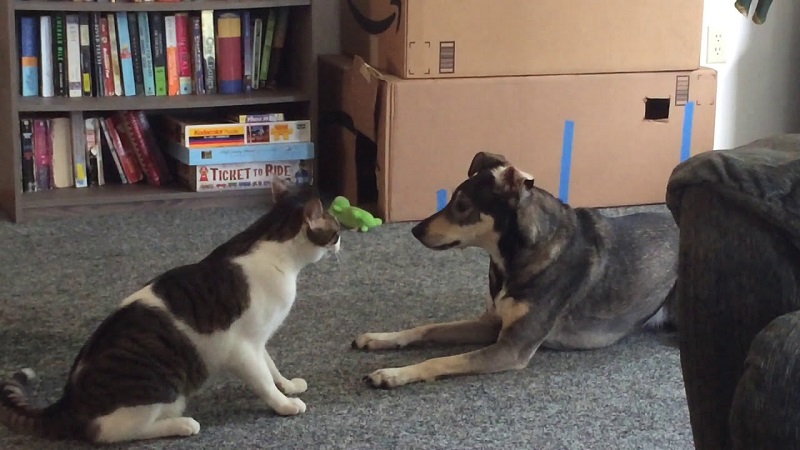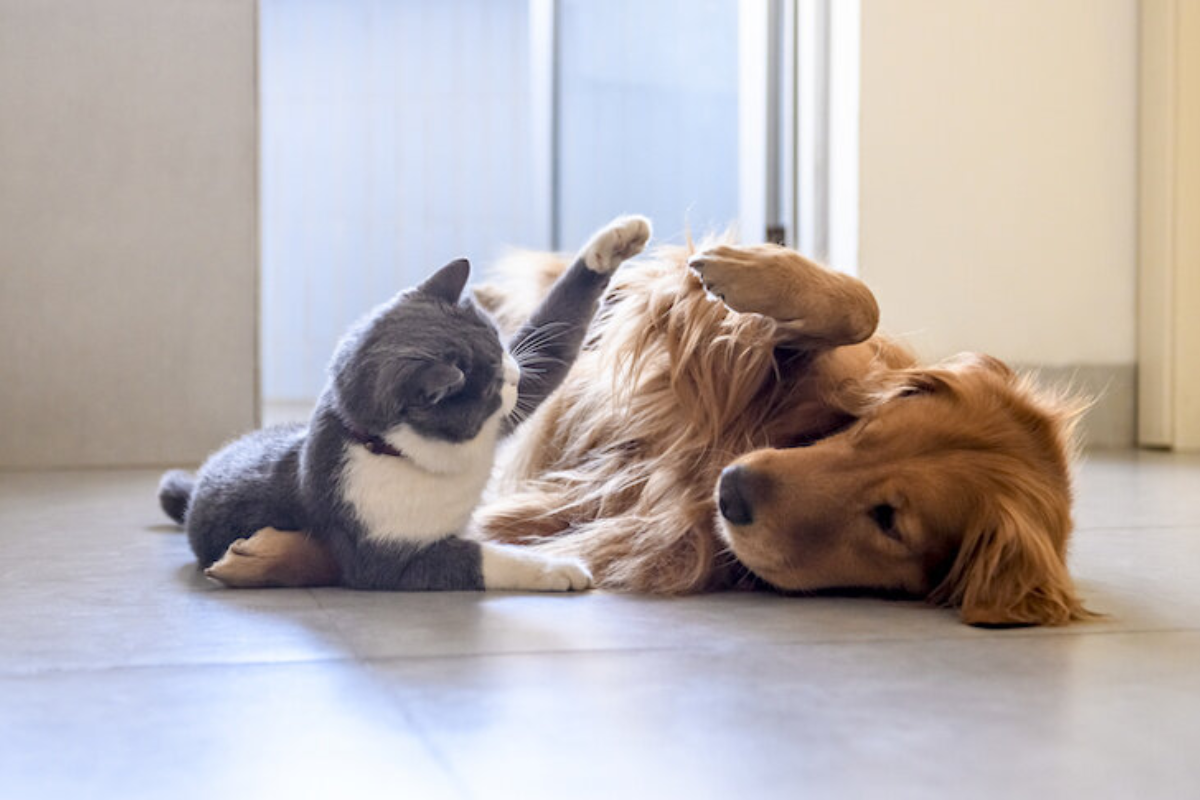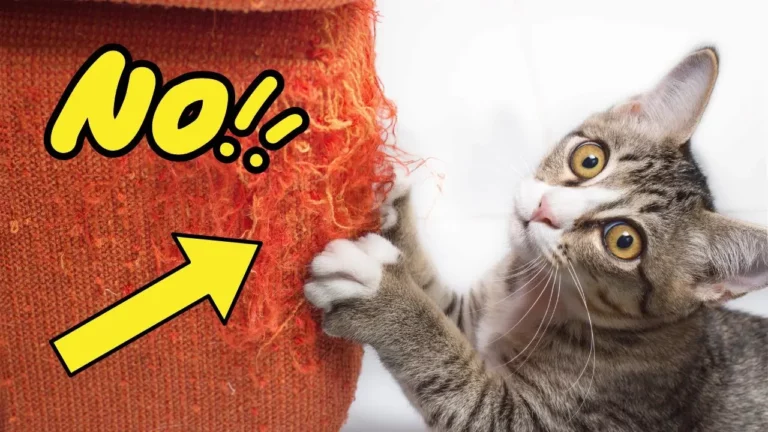Signs Your Cat and Dog Are About to Fight
When it comes to our furry friends, understanding their behavior can be a bit of a puzzle. Cats and dogs have distinct ways of communicating, and sometimes those signals can indicate that trouble is brewing.
If you’ve ever wondered whether your
Understanding Animal Body Language

Recognizing animal body language is crucial for preventing conflicts between your
Key Indicators of Stress
Animals communicate a lot through their body language. By paying attention to these cues, you can often prevent a conflict before it escalates.
Tail Positioning
The position of your pets’ tails can tell you a lot about their mood. A dog’s tail held high and wagging can indicate excitement, but if it’s stiff and raised, that could signal aggression. On the flip side, a
Ear Orientation
Just like tails, ears can be a great indicator of how your pets are feeling. A dog with ears pinned back might be scared or anxious, while a
Facial Expressions to Watch For
Facial expressions are another crucial aspect of animal communication.
Growling and Hissing
If your dog starts growling or your
Teeth Display
A dog showing its teeth isn’t just smiling; it’s often a sign of aggression. Similarly, if a
Common Triggers for Conflict

Understanding what might trigger a fight can help you manage their interactions better. Certain situations or behaviors can lead to heightened tensions between your pets, making it essential to identify these triggers early on.
Resource Guarding
Animals can become possessive over resources, leading to conflicts.
Food and Toys
If one pet feels that its food or favorite toy is threatened by the other pet’s presence, it may react aggressively. Always supervise feeding times and play sessions to avoid this type of conflict.
Personal Space
Both cats and dogs value their personal space. If one pet invades the other’s territory—like lounging on their favorite spot—it could lead to tension. Make sure each pet has its own space where they feel safe.
Sudden Movements and Loud Noises
Sometimes it’s not even the pets themselves but external factors that can trigger aggression. Sudden movements—like someone rushing into the room—or loud noises can startle them and lead to defensive behavior.
Behavioral Changes Before a Fight
Recognizing behavioral changes can give you an early warning system for potential fights. Being aware of shifts in your pets’ behavior allows you to take proactive measures before things escalate into aggression.
Increased Aggression
Watch for signs of heightened aggression in either pet.
Stalking Behavior
If your dog starts stalking your
Pacing and Restlessness
If either pet seems restless or is pacing back and forth, they might be feeling anxious about the other animal’s presence. This behavior can indicate that they’re on edge and may lash out soon if provoked.
Withdrawal or Hiding
Sometimes, pets will withdraw from each other rather than confront one another directly. If your
How to Prevent Fights Between Your Pets
Prevention is always better than cure! Here are some strategies to keep the peace by managing their environment and interactions effectively.
Creating Safe Spaces
Establishing safe zones for each pet can significantly reduce conflict.
Make sure each pet has its own space where they feel comfortable and secure. This could be separate rooms or designated areas within the house where they know they won’t be bothered by the other.
Feeding time can be particularly contentious. Consider feeding them in separate rooms or using barriers to ensure they don’t feel threatened while eating.
Training Techniques to Promote Harmony
Training isn’t just for obedience; it can also help foster positive relationships between pets.
- Use positive reinforcement techniques to reward calm behavior around each other.
- Gradually introduce them in controlled settings so they can get used to each other’s presence without feeling threatened.
- Engage them in joint activities like walks or playtime (with supervision) to build positive associations with one another.
When to Intervene in a Potential Fight
Knowing when to step in is crucial for keeping both pets safe. Recognizing specific signs that indicate an imminent fight allows you to act swiftly and protect both animals from harm.
Signs That Require Immediate Action
Some behaviors clearly indicate that intervention is necessary.
If you hear loud growling, hissing, or barking that sounds aggressive, it’s time to step in before things escalate further.
If you see them physically fighting—biting or scratching—it’s essential to separate them immediately using safe methods (like tossing a blanket over one of them) instead of putting yourself in harm’s way.
Safe Methods of Intervention
- Use distractions like toys or treats to divert their attention.
- Avoid yelling; instead, calmly separate them without escalating the situation further.
- If necessary, use baby gates or crates as barriers until tensions cool down.
FAQs
What should I do if my pets start fighting?
Immediately separate them using safe methods (like distractions) and assess any injuries before reintroducing them slowly later on.
How can I tell if my
Look for signs like hiding, flattened ears, or an arched back when near the dog; these indicate fear rather than aggression.
Are certain dog breeds more prone to fighting with cats?
While any breed can have issues with cats based on individual temperament and socialization experiences, some breeds have stronger prey drives which may increase conflicts.
Can training help reduce aggression between my pets?
Absolutely! Training helps establish boundaries and promotes positive interactions through reinforcement techniques tailored for both pets.
What are the best ways to introduce a new pet into the household?
Start slow by allowing them to sniff each other’s belongings first, then gradually introduce them while supervised until they’re comfortable together.
Final Thoughts
Keeping peace between your
With patience and proper training techniques, you can create a harmonious environment where both your furry friends coexist peacefully!






